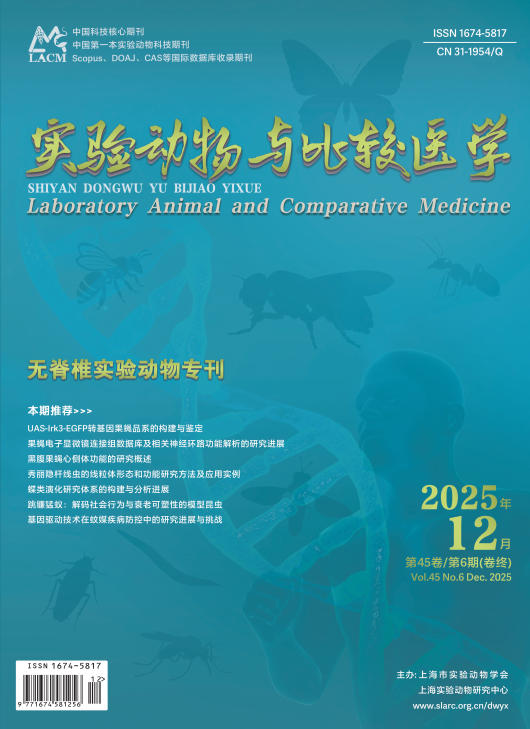-
Study on Relation between Cardiovascular System and Cardiac Autonomic Nervous Function in WHBE Rabbits Myocardial Ischemia Model of Phlegm-blood Stasis Syndrome Type
- PAN Yong-ming, CHEN Liang, XU Jian-qin, CHEN Min-li
-
2015, 35(2):
161-166.
DOI: 10.3969/j.issn.1674-5817.2015.02.015
-
 Asbtract
(
302 )
Asbtract
(
302 )
 PDF (433KB)
(
577
)
PDF (433KB)
(
577
)
-
References |
Related Articles |
Metrics
Objective To observe the relation between cardiovascular system and cardiac autonomic nervous function in the WHBE rabbits myocardial ischemia model of phlegm-blood stasis syndrome type, by high fat diet feeding and coronary artery ligation. Methods WHBE rabbits were randomly divided into the normal control (control) group, myocardial ischemia (MI) group and myocardial ischemia of phlegm-blood stasis syndrome (PBSS-MI) group, 6 in each group. Myocardial ischemia of MI group and PBSS-MI group were induced by ligated the coronary artery, and then PBSS-MI group was fed with high fat diet, while control group and MI group were fed with common diet for 4 weeks. The electrocardiogram was monitored by non-invasive physiological telemetry system at 2 and 4 weeks, and the changes of cardiac autonomic nervous function were analyzed by HRV methods. The cardiac hemodynamic parameters were monitored at 4th week, and using stepwise multiple regression analysis to evaluate the relation between cardiovascular system and cardiac autonomic nervous function. Results Compared with control group, HR, Max_ST segment, T_ST segment, LVEDP and Tau in MI group and PBSS-MI group were significantly increased, while LVSP, LVDP, +dp/dtmax and Cdp/dtmax were significantly decreased (P<0.05, P<0.01), and DBP, SBP and MBP in PBSS-MI group were also decreased (P<0.05, P<0.01); HRV analysis showed that the time-domain analysis indexes (SDNN, SDANN, SDANN Index, RMSSD, Tr.Ind, pNN50) and frequency-domain analysis indexes (TP, ULF, VLF, LF and HF) were significantly decreased (P<0.05, P<0.01), while LF/HF was significantly increased at 2 or 4 weeks(P<0.05, P<0.01). Furthermore, LVEDP in PBSS-MI group was significantly higher than that of MI group (P<0.05), while +dp/dtmax was significantly lower than that of MI group (P<0.05), and the degree of its reduced HRV was more serious than that of MI group. The stepwise multiple regression analysis showed that it was closely relationship between HRV parameters and +dp/dtmax, -dp/dtmax, SBP, LVSP (P<0.05, P<0.01), and also showed that the low RMSSD was an independent predictor factor of cardiovascular events. Conclusion The cardiovascular autonomic nervous function of WHBE rabbit was obviously disordered after myocardial ischemia, mainly including reduced HRV and abnormal cardiac function, and it was existed obvious correlation between the left ventricular dysfunction and HRV, and phlegm-blood stasis syndrome was more serious than blood stasis, the low RMSSD can be considered an independent predictor factor of cardiovascular events, it indicated that the deterioration of cardiovascular function was related with the decrease the excitability of the vagus nerve.

